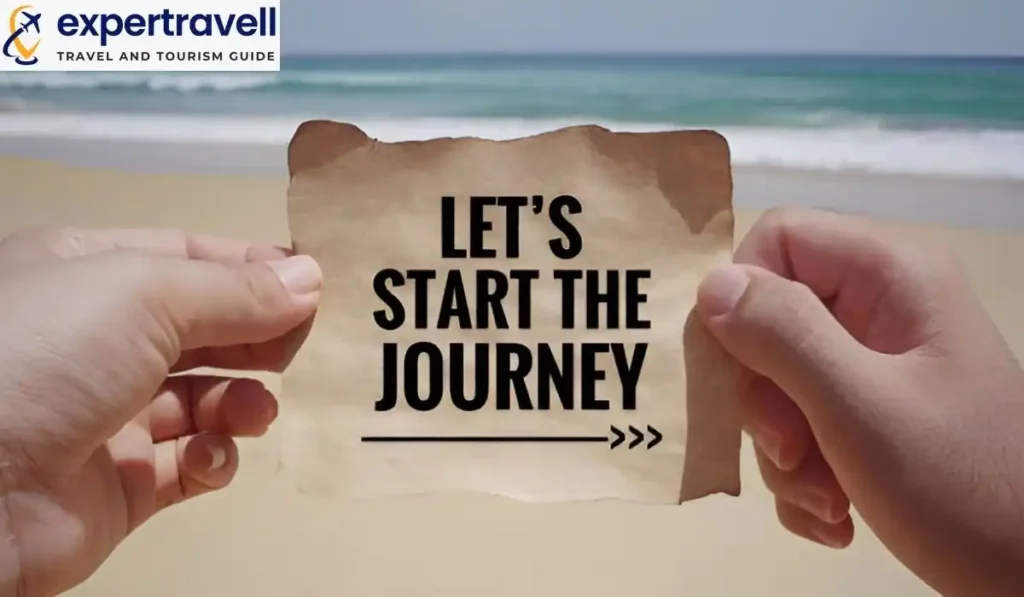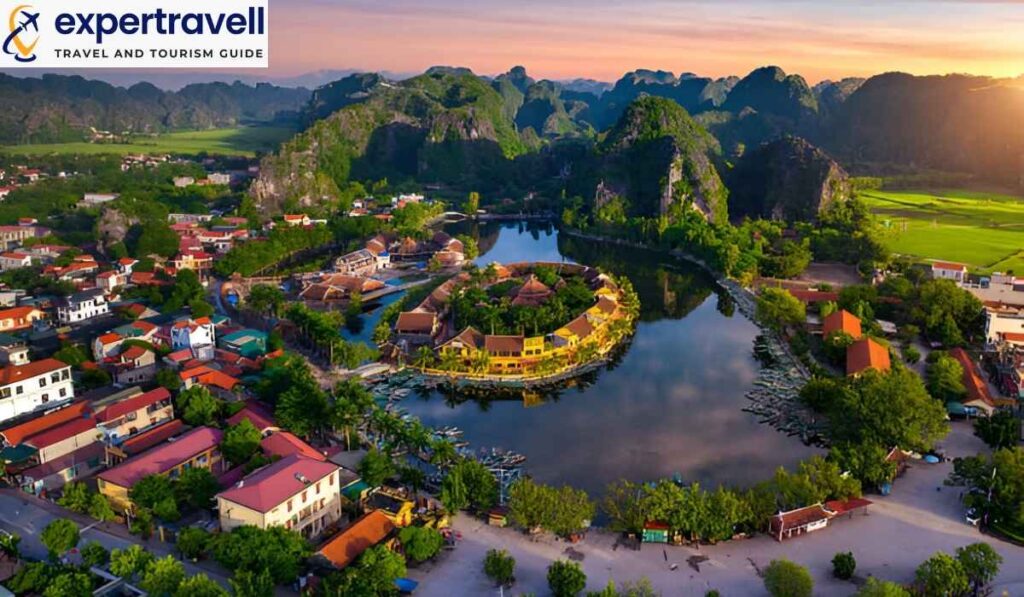For a first-time overseas traveller, the thought of travelling abroad is both thrilling and terrifying. Choosing the right destination makes all the difference between an excellent experience and otherwise. Some destinations are far easier to travel around, and some cultures welcome new visitors more than others The best destinations for beginner travellers include Canada, Australia, Thailand, and South Korea. These countries offer a mix of safety, friendly locals, good transportation, and interesting attractions. They provide a soft landing for those just starting to explore the world.
Canada is known for having some of the friendliest people, making it a great choice for new travellers. Thailand is very affordable and easy to get around, perfect for those on a budget. Seoul, South Korea, has an efficient transit system and diverse attractions. These spots give beginners a chance to step out of their comfort zone while still feeling safe and supported, just like when you plan your stay in London for an equally welcoming experience.
Choosing Your Destination
Picking the right destination is key for a successful first trip abroad. The ideal place balances excitement with comfort, offering unique experiences while being easy to navigate.
First Trip Highlights
Iceland stands out as an excellent choice for beginners. Its stunning natural beauty includes black sand beaches, glacial lagoons, and hot springs. The country is safe and English-friendly. Canada offers a mix of charming cities and breathtaking landscapes. Vancouver blends urban life with outdoor adventures. Banff National Park showcases pristine mountain scenery. Ireland charms with its rolling green hills and friendly locals. Dublin’s lively atmosphere and rich history make for an engaging city break. Day trips to ancient castles and coastal cliffs are easily arranged.
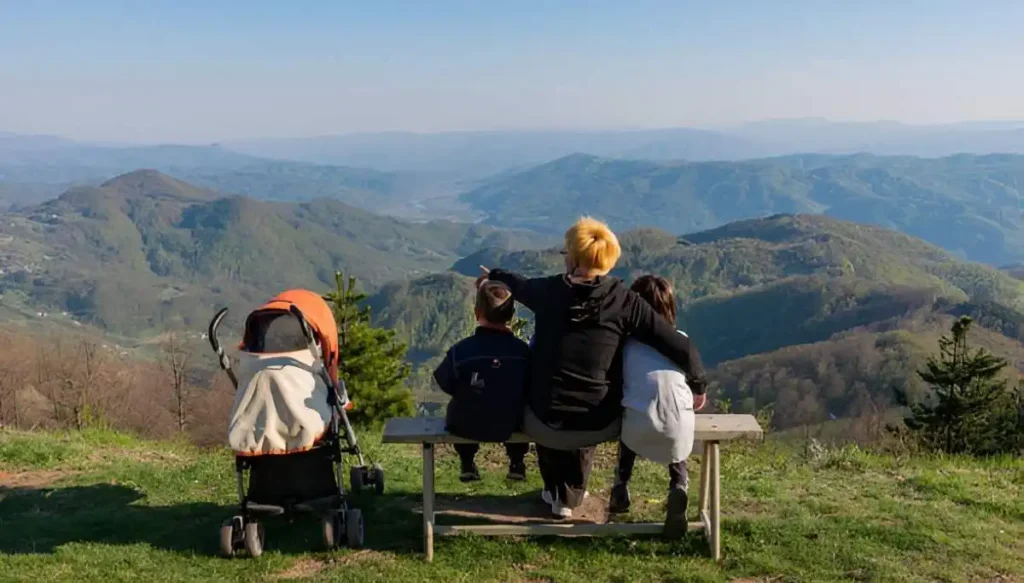
Family-Friendly Countries
Italy tops the list for family travel. Kids love the pasta, pizza, and gelato. Rome’s ancient ruins spark young imaginations. Florence’s art museums offer educational value. Australia’s diverse wildlife fascinates children. Kangaroos, koalas and colourful fish on the Great Barrier Reef create unforgettable memories. Many resorts cater specifically to families. Japan combines cutting-edge technology with ancient traditions. Tokyo Disneyland delights young ones. Kyoto’s temples provide cultural insights. The efficient train system makes getting around simple.

Solo Female Travel Destinations
New Zealand ranks high for solo female travellers. Its stunning landscapes are featured in “The Lord of the Rings” movies. The country is known for its safety and friendly locals. Denmark, especially Copenhagen, offers a perfect blend of history and modernity. The city’s bike-friendly layout makes exploration easy. Museums, cafes, and design shops abound. Costa Rica attracts adventure seekers. Zip-lining through rainforests, surfing lessons, and wildlife spotting tours keep solo travellers engaged. Many hostels and tours cater to single travelers.
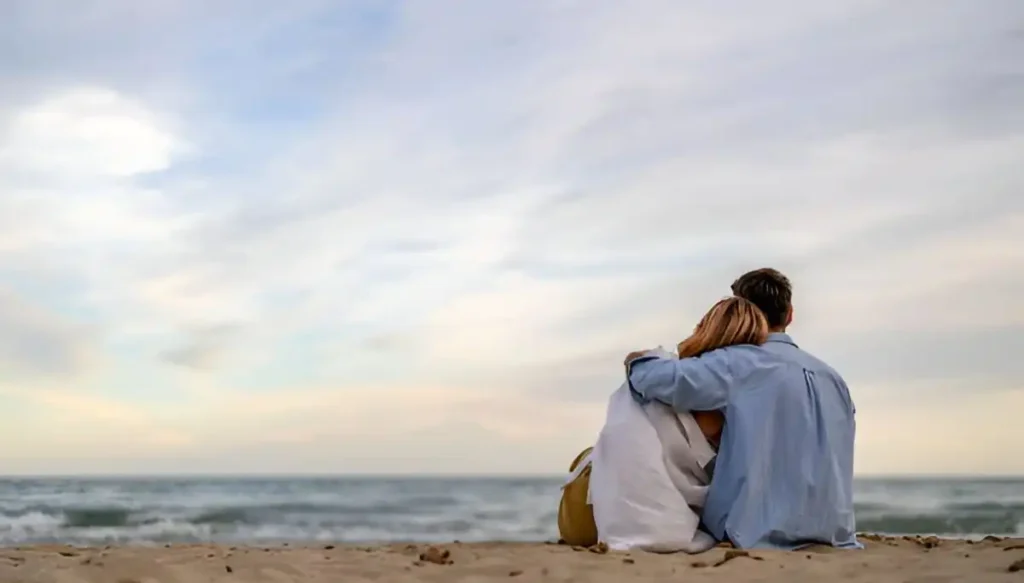
Romantic Getaways for Couples
Greece enchants couples with its picturesque islands. Santorini’s white-washed buildings and stunning sunsets create a magical atmosphere. The laid-back pace of life encourages relaxation. France, particularly Paris, remains a classic choice for lovebirds. Strolling hand-in-hand along the Seine, sharing a picnic in front of the Eiffel Tower, and savoring fine wines create lasting memories. Bali offers a mix of beaches, culture, and luxury resorts. Couples can enjoy spa treatments, visit ancient temples, and dine on romantic beachfront terraces. The warm hospitality of the Balinese people adds to the experience.

Planning Your Journey
Planning a trip can be exciting and a bit overwhelming. With some key steps and smart packing, you can set yourself up for a great adventure.
Travel Tips for Beginners
Pick a destination that fits your comfort level. Safe countries like Canada are good for new travelers. Set a budget and book flights early. Research local customs and basic phrases. Get travel insurance for peace of mind. Make copies of important documents. Tell your family your plans. Stay in touch while away. Learn about local transportation options. Consider guided tours for structure. Be open to new experiences, but trust your instincts.

Packing Essentials
Pack light. Bring versatile clothes that mix and match. Include comfortable walking shoes.
Don’t forget:
- Passport and visa (if needed)
- Medications
- Phone charger and adapter
- Basic toiletries
- Day bag for excursions
Use packing cubes to organize items. Roll clothes to save space. Leave room for souvenirs.
Pack a small first-aid kit with bandages and pain relievers. Bring a reusable water bottle to stay hydrated.
15 Best Places to Travel for Beginners
These destinations offer a mix of safety, ease of navigation, and rich cultural experiences. They provide comfortable accommodations, reliable public transportation, and English-speaking locals to help new travelers feel at ease.

Paris, France
Paris is a great starting point for new travelers. The city has an excellent public transport system, making it easy to get around. The Metro is simple to use and connects all major attractions. Key sights include the Eiffel Tower, the Louvre Museum, and Notre Dame Cathedral. Friendly locals and numerous English speakers make communication easier for beginners. Paris offers a range of accommodation options, from budget hostels to luxury hotels. The city’s diverse neighborhoods each have a unique character to explore. Food lovers will enjoy trying French cuisine at local cafes and restaurants. Paris is also a good base for day trips to nearby attractions like Versailles or Disneyland Paris.

Barcelona, Spain
Barcelona blends modern and historic elements, making it appealing to new travelers. The city is walkable, with many attractions concentrated in the central area. Gaudi’s unique architecture, like the Sagrada Familia and Park Güell, are must-see sights. The Gothic Quarter offers charming narrow streets to explore.
Barcelona’s beaches provide a relaxing break from sightseeing. The city has a vibrant food scene, with tapas bars, and local markets like La Boqueria.
Public transport is efficient, with an easy-to-use metro system. Many locals speak English, especially in tourist areas. The warm Mediterranean climate makes Barcelona pleasant to visit year-round.

Tokyo, Japan
Tokyo may seem daunting, but it’s surprisingly beginner-friendly. The city is incredibly safe, clean, and efficient. Its public transport system is world-class, with signs in English. Major attractions include the Tokyo Skytree, Senso-ji Temple, and the Shibuya Crossing. Tokyo offers a unique blend of ultra-modern technology and traditional Japanese culture. The city has excellent food options, from high-end sushi restaurants to casual ramen shops. Many restaurants have picture menus or plastic food displays, making ordering easier for non-Japanese speakers. Tokyo’s neighborhoods each have a distinct personality. Shinjuku and Shibuya offer nightlife and shopping, while Asakusa showcases traditional Japan.
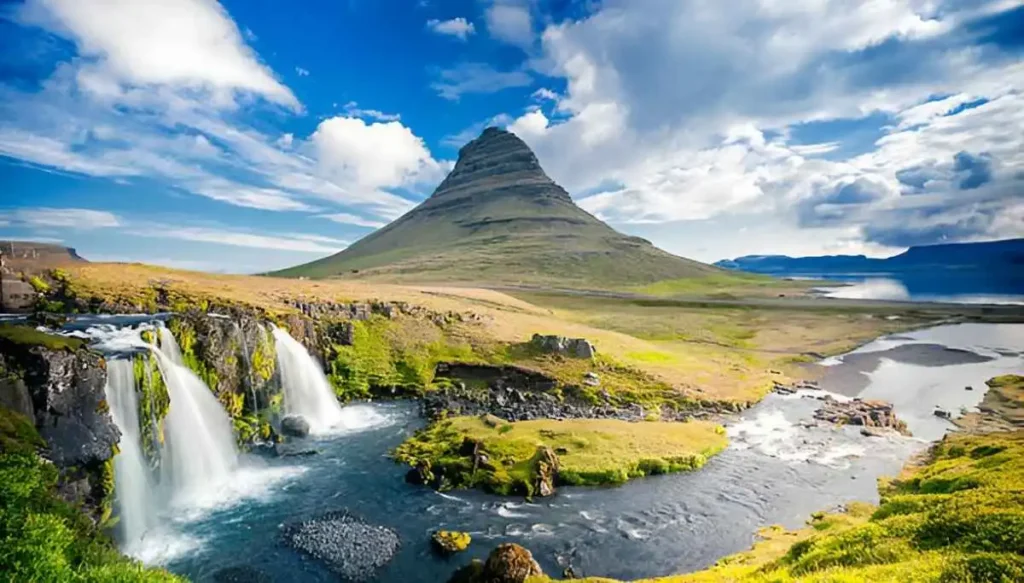
Reykjavik, Iceland
Reykjavik is an ideal destination for first-time travelers seeking natural beauty and safety. Iceland is known for being one of the safest countries, with low crime rates and friendly locals. The city is compact and easy to navigate on foot. English is widely spoken, reducing language barriers. Reykjavik’s small size makes it less overwhelming than larger cities.
Key attractions include the Blue Lagoon geothermal spa and the Northern Lights. The Golden Circle route offers stunning natural sights like geysers and waterfalls. Icelandic cuisine, including fresh seafood and unique dishes like fermented shark, provides a culinary adventure. The city has a vibrant nightlife scene, especially on weekends.

Rome, Italy
Rome is rich in history and culture, perfect for new travelers. The city’s compact historic center makes it easy to explore on foot. Many major sights are within walking distance of each other. Must-see attractions include the Colosseum, Vatican City, and the Trevi Fountain. Rome’s public transport system, while not as extensive as other European cities, is adequate for getting around. Italian cuisine is a highlight, with numerous trattorias and gelato shops. The city offers accommodation options for all budgets, from hostels to luxury hotels. Rome’s lively atmosphere and outdoor cafes make it ideal for people-watching. The city serves as a good starting point for exploring other parts of Italy by train.

Sydney, Australia
Sydney is perfect for first-time international travelers, especially those from English-speaking countries. The city offers a mix of urban attractions and natural beauty. Key sights include the Sydney Opera House, Harbour Bridge, and Bondi Beach. The city’s public transport system is reliable, with buses, trains, and ferries connecting major areas. Sydney’s diverse neighborhoods offer different experiences. Darling Harbour is great for dining and entertainment, while The Rocks showcases historic architecture. The city has excellent food options, from fresh seafood to international cuisine. Sydney’s warm climate makes outdoor activities enjoyable year-round.
Nearby national parks offer opportunities for day trips and wildlife viewing.
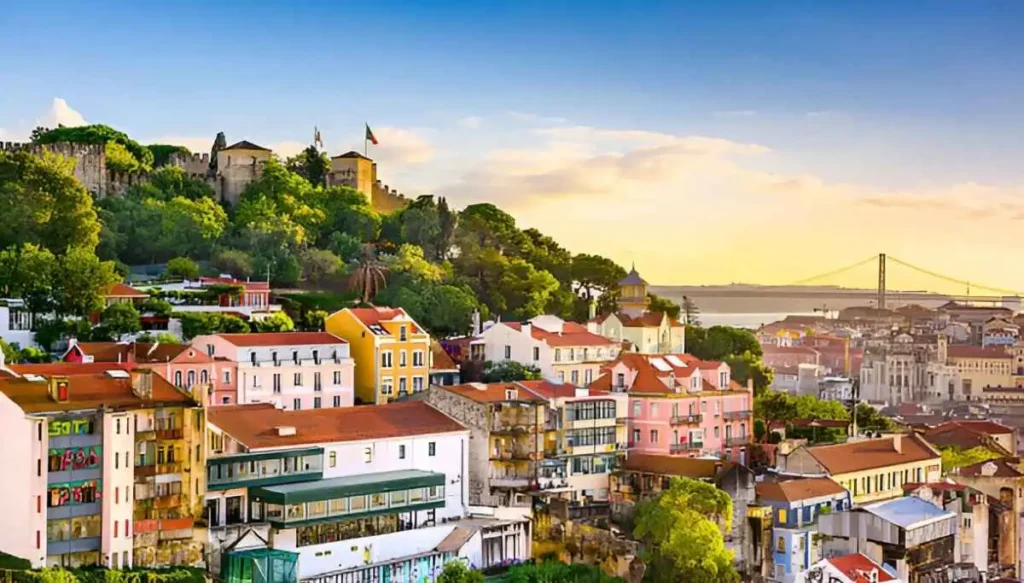
Lisbon, Portugal
Lisbon is a charming destination for new travelers. The city is relatively small and easy to navigate, with a reliable public transport system including trams and metros. Key attractions include São Jorge Castle, Belém Tower, and the colorful neighborhoods of Alfama and Bairro Alto. Lisbon’s hilly terrain offers stunning viewpoints across the city.
Portuguese cuisine is a highlight, with fresh seafood and local specialties like pastel de nata. The city has a range of accommodation options to suit different budgets. Lisbon’s warm climate and nearby beaches make it attractive year-round. The city is known for its friendly locals and relaxed atmosphere.
Day trips to nearby towns like Sintra are easily accessible by train.
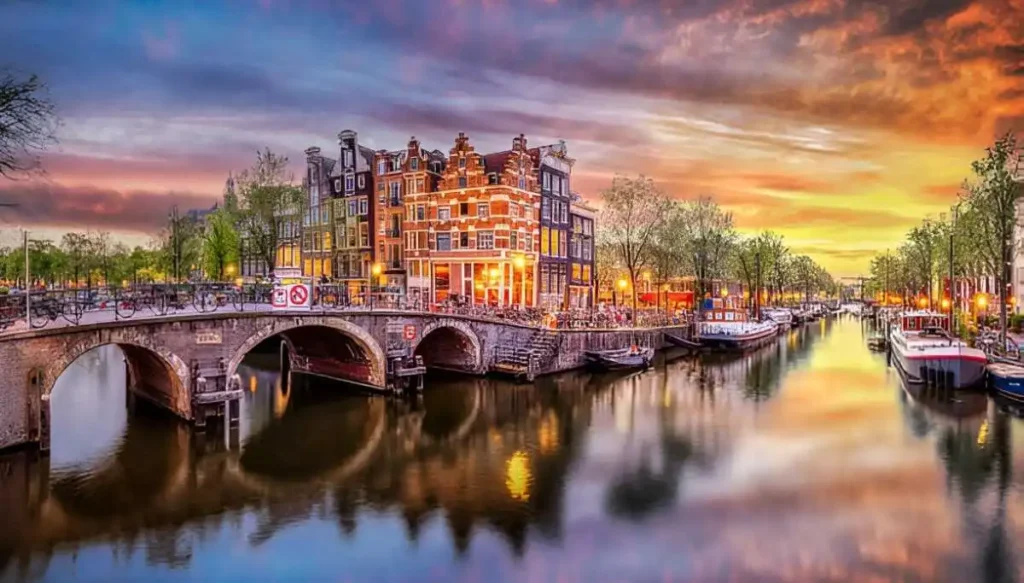
Amsterdam, Netherlands
Amsterdam is ideal for first-time travelers due to its compact size and English-speaking population. The city is easily walkable, with an excellent public transport system including trams and buses. Key attractions include the Anne Frank House, Van Gogh Museum, and canal tours. Amsterdam’s bike-friendly infrastructure makes cycling a popular way to explore.
The city offers diverse food options, from local Dutch cuisine to international restaurants. Coffee shops and brown cafes provide unique cultural experiences. Amsterdam’s neighborhoods each have a distinct character. The Jordaan area is known for its quaint streets and boutique shops. The city serves as a good base for day trips to nearby towns like Haarlem or Zaanse Schans.
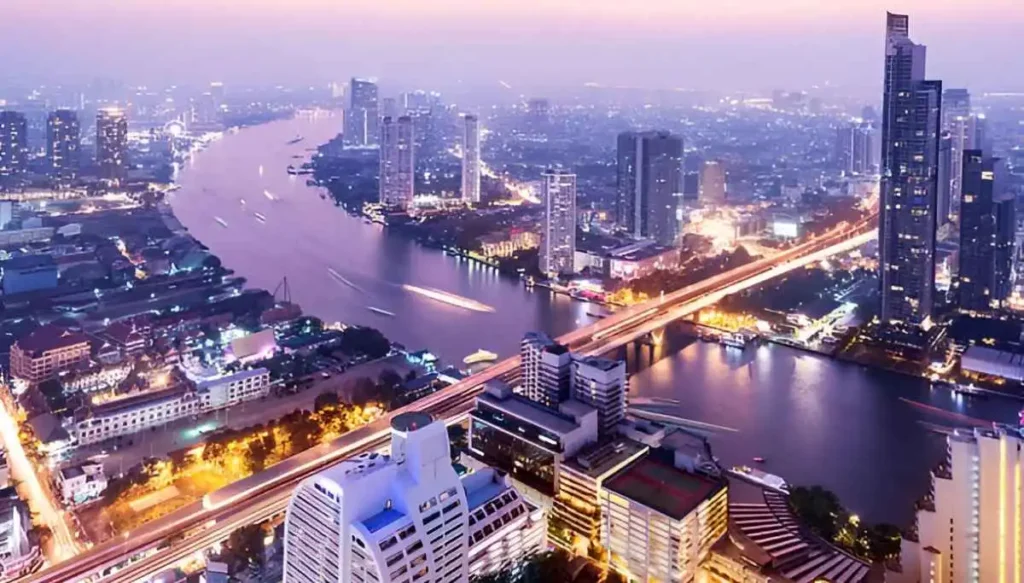
Bangkok, Thailand
Bangkok is an exciting introduction to Southeast Asia for new travelers. The city offers a mix of modern amenities and traditional Thai culture. Thailand is known for being safe and affordable for travelers, with friendly locals. Bangkok’s public transport system, including the BTS Skytrain and MRT subway, is efficient and easy to use.
Navigating Language Barriers
Language barriers can be a challenge for new travelers. Picking the right destinations and learning key phrases can make your trip much smoother.
English-Friendly Destinations
Many countries have high levels of English proficiency. Scandinavian nations like Sweden, Norway, and Denmark top the list. The Netherlands and Germany also have many English speakers. In Asia, Singapore and Hong Kong are great choices. Most people there speak English well. For beach vacations, try Malta or Cyprus. These Mediterranean islands use English widely. Some safest countries for new travelers also have good English skills. Iceland and New Zealand are prime examples.
Remember, even in these places, learning a few local words shows respect.
Guide to Local Phrases
Learning basic phrases can greatly improve your travel experience. Start with these essentials:
- Hello / Goodbye
- Please / Thank you
- Yes / No
- Excuse me
- Do you speak English?
- Where is the bathroom?
Practice pronunciation before you go. Many apps and websites offer free language lessons. Carry a pocket phrasebook or use a translation app. These tools can help in a pinch. Don’t be afraid to use gestures. Pointing and miming can often get your message across.
Concluding Your Trip
Wrapping up your first international journey involves reflecting on experiences and planning future adventures. These final steps help solidify memories and inspire continued exploration.
Memories and Reflections
Take time to look back on your trip. Write in a travel journal about the places you visited and the people you met. This helps cement memories and lets you relive the best moments later. Make a photo album or digital slideshow. Pick your favorite shots that capture the essence of your journey. Add captions to remember key details. Share your experiences with friends and family. Tell stories about funny moments, cultural surprises, and new foods you tried. This helps process your adventures and lets others enjoy them too. Consider how you’ve grown as a traveler. Note new skills you’ve gained, like navigating public transport or ordering meals in a foreign language. These will serve you well on future trips.
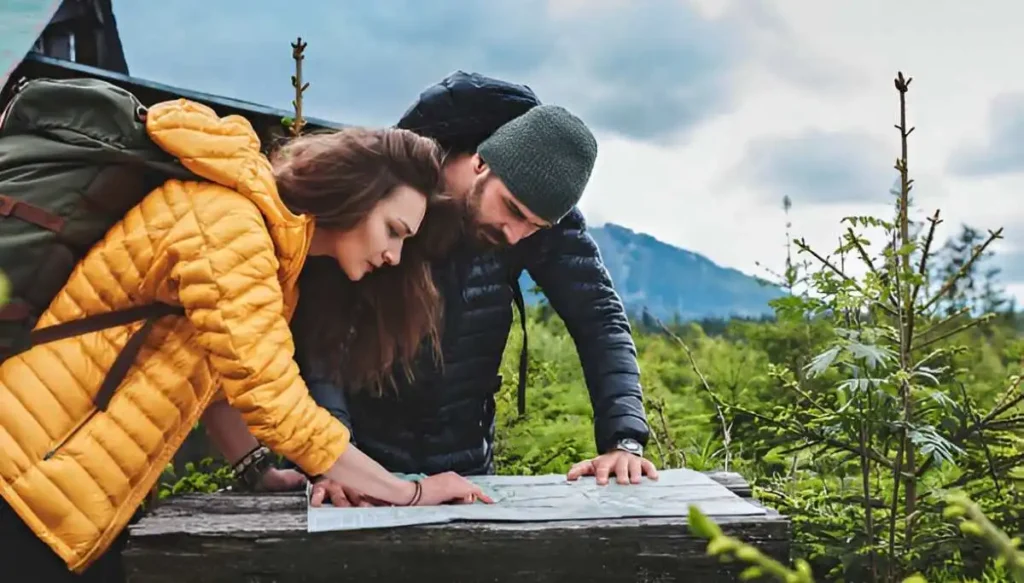
Planning Your Next Adventure
Start a travel bucket list. Write down destinations that caught your interest during this trip. Research places to travel for beginners to expand your options. Set a savings goal for your next journey. Make a budget based on what you spent this time. Look for ways to cut costs or extend your travels. Learn from this experience. Think about what you’d do differently next time. Maybe pack lighter or stay in one place longer. Use these insights to improve future trips. Join travel groups or forums online. Connect with other first-time travelers to share tips and get inspiration for new destinations. This can help fuel your wanderlust and provide practical advice.
How to Choose Your Travel Destination
Picking the right place for your first trip can be tricky. Start by thinking about what you like. Do you enjoy beaches, mountains, or cities? Next, consider your budget. Some places cost more than others. Look for spots that fit what you can spend. Safety is key for new travelers. Iceland is one of the safest places on Earth. It’s great for solo travelers too. Think about the language. English-speaking countries like Australia can be easier for beginners. Weather matters too. Choose a time when the climate is nice where you’re going. Look at travel times. For a first trip, you might want somewhere closer to home.
Here’s a quick checklist to help you decide:
- Interest: What do you want to see or do?
- Budget: How much can you spend?
- Safety: Is the place known to be safe for tourists?
- Language: Will you be able to communicate?
- Weather: What’s the forecast for when you want to go?
- Distance: How far do you want to travel?
Remember, there’s no perfect choice. Pick a place that excites you and fits your needs.
Set a Budget
Setting a budget is key for beginner travelers. It helps control spending and plan trips better. Start by deciding how much you can afford to spend. Include all costs like flights, hotels, food, and activities. Credit card welcome bonuses can help cover some expenses. These often provide points or miles for travel.
Consider these budget-friendly options:
- Stay in hostels or budget hotels
- Cook some meals instead of eating out
- Use public transportation
- Look for free activities and attractions
Traveling for longer periods can sometimes stretch a budget. It allows for slower travel and fewer daily expenses. Choosing budget-friendly destinations is smart. Tanzania offers affordable living costs once you arrive, despite pricey flights. Remember to set aside some extra money for unexpected costs. This helps avoid financial stress during the trip.
By planning and sticking to a budget, beginners can enjoy travel without breaking the bank.
Frequently Asked Questions
New travelers often wonder about safe and welcoming destinations for their first trips. These questions cover popular choices for solo travelers, families, couples, and first-time visitors to Europe and the USA.
What are some ideal destinations for someone travelling alone for the first time?
Iceland is a great choice for solo travellers. It’s safe, English-friendly, and offers stunning natural beauty. New Zealand is another excellent option. It has a well-developed tourism infrastructure and friendly locals.
What are the top countries recommended for families taking their first international trip?
Canada is ideal for families new to international travel. It’s close to the US, English-speaking, and has diverse attractions. Costa Rica offers family-friendly adventures with its beaches, rainforests, and wildlife.
Which destinations in Europe are best suited for beginner travellers?
Ireland is perfect for first-time European travellers. It’s English-speaking and known for its warm hospitality. The Netherlands, particularly Amsterdam, is easy to navigate and bike-friendly.
Can you suggest some beginner-friendly travel spots for solo female travellers?
Japan is very safe for solo female travellers. It has low crime rates and efficient public transportation. Denmark, especially Copenhagen, is another great choice. It’s safe, walkable, and has a high quality of life.
What are the most accommodating places for couples travelling together for the first time?
Bali, Indonesia, is romantic and budget-friendly. It offers beautiful beaches, cultural experiences, and luxury resorts. Greece, with its islands like Santorini, provides stunning views and romantic settings for couples.
What are some travel destinations in the USA that are perfect for first-time visitors?
New York City is a top choice for first-time visitors to the USA. It offers iconic sights, diverse cultures, and excellent public transportation. San Francisco is another great option. It’s known for its famous landmarks, unique neighborhoods, and beautiful bay views.

